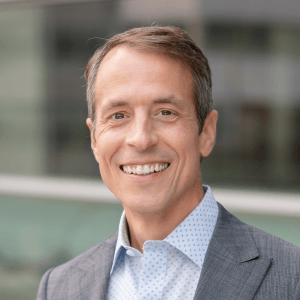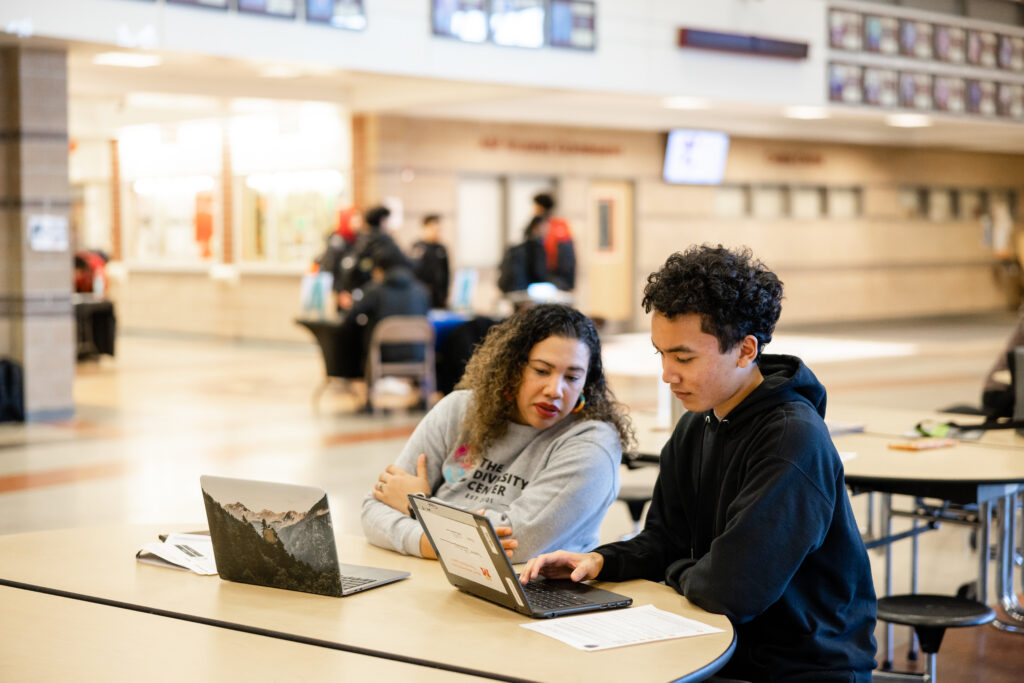
Ben Mitchell
Director of Advocacy & Policy, Foundation for Tacoma Students
Last week Washington Governor Bob Ferguson launched the Washington Completes FAFSA Campaign. Through an executive order, Governor Ferguson has the directed the creation of the following:
A Washington Completes FAFSA Advisory Board.
A statewide goal for financial aid attainment.
New support to schools and school districts.
The executive order also emphasizes a focus on real-time outcomes and data, and partnerships between schools, colleges, and community organizations.
We love it.
Obtaining a college degree leads to economic success, and by putting a spotlight on FAFSA the Governor is focusing correctly on a lever that addresses cost barriers and is also a key systems indicator.
A goal for FAFSA completion coupled with a statewide campaign is a tried and true strategy that other states have used successfully, and it’s high time in Washington that we climbed out of the basement for our rates of financial aid attainment.
We also hope the leadership from Governor Ferguson has ripple effects and generates new energy to pursue other strategies in the very near term – without a lot of new spending – that will complement this executive order and further support getting financial aid to more students.
College is worth it
There are a lot of benefits to going to college, but the number one reason cited by students is that a college degree will lead to higher earnings and economic stability. And students aren’t wrong to believe this. Credible research consistently demonstrates that college is worth it. What’s more, Washington is ranked 5th in the nation for the share of jobs that require some form of postsecondary education, further confirming student aspirations.
Yet only 55 percent of our state’s high school graduates enroll in college within a year of graduation, and just 40 percent are expected to earn such credentials by age 26. This is a big problem. Higher education is a merit-good in that it has individual and public benefits, and it is not being pursued by enough young people in our state.
If we want to turn this situation around we have to focus on affordability barriers. These aren’t the only barriers, but they are the number one issue cited by students as to why they do not pursue college. This is why at the Foundation for Tacoma Students we have focused on increasing the uptake of financial aid.
We are data-driven, and our indicator of obsession are the rates of completion of financial aid applications, namely the FAFSA and the WASFA. These are important retrospective indicators about how well we are doing to build demand for postsecondary education, and prospective indicators about whether or not a student will directly enroll in college. Unlike most indicators that are summative, and that tell you about something that already happened, FAFSA completion rates are tracked throughout the year and give us continuous feedback and the ability to adapt in real time.
Most importantly, aside from the value of FAFSA completion rates as a systems indicator, completing the FAFSA is a critical step in actually lowering the net price of college education. At the end of the day our goal is to get more students to demand and enroll in college, and then turn that education into economic success. In order to do that, we have to address cost barriers.
Let's embrace Governor Ferguson's executive order
Increasing rates of FAFSA and WASFA completion and financial aid attainment should be a top priority for state government and lawmakers, local elected officials, school boards, and district superintendents. There is a lot of financial aid that is available to Washington students but that we leave on the table each year, and we need focused commitment from political and institutional leaders to get more of this money into the pockets of students.
This is why we are enthusiastic about Governor Ferguson’s executive order that creates the Washington Completes FAFSA Campaign.
Setting a statewide financial aid attainment goal, as the executive order stipulates, and investing in a robust communications and incentives strategy for FAFSA and WASFA completion is a great idea. Setting goals inspires people to imagine possibilities and work together to overcome shared challenges. Goals provide a clear purpose and guide planning, management, and accountability efforts, which are essential for progress. The Washington Completes FAFSA Campaign will hopefully take a page out of our own book and use our successful Vaccinate WA campaign as a model for a multifaceted and sustained statewide FAFSA/WASFA marketing and communications effort.
States and cities across the country have organized FAFSA challenges to help more students complete the FAFSA and understand the amount of financial aid they can receive.
In Colorado, the Financial Aid Application Working Group established a bold goal that by July 2026, Colorado will be in the top 10 percent in the nation in financial aid application completion or have 80 percent or more of graduating seniors attending a public high school submit a financial aid application. The “Get Your Piece of the Pie” campaign featured the Governor and focused on addressing common misconceptions about financial aid applications and promoting the potential benefits of completing the FAFSA. The state also supports schools and districts by developing communication resources and assisting with the organization of statewide events.
Tennessee annually supports “FAFSA Frenzy,” a statewide effort to encourage and support high school seniors in filing the FAFSA. In Illinois, “College Changes Everything” is a college access movement that recognizes that college can be a life-changing experience not only for students, but also for families and communities.
FAFSA completion challenges can also support competition between states. In 2018, in partnership with Chiefs for Change, state leaders from Tennessee, Louisiana, New Mexico, and Nevada faced off in a friendly competition to increase FAFSA completion rates with impressive results. Across the four states, completion rates rose nine percent in one year, with an average completion rate of 68 percent.
There's other low-hanging fruit
Let’s not stop at the announcement of the Washington Completes campaign. There are other things that can be done at the state and local level to boost FAFSA completion that are low cost and that do not require any sort of new policy or legislation.
Syncing the Washington Completes campaign up with the local-level implementation of the new and vastly improved digital High School and Beyond Plan platform is an opportunity. The new platform includes college and career planning tools, and making completion of the FAFSA or WASFA as a default step in completing the High School Beyond Plan would be an easy enough thing to do as the new platform is getting rolled out this year.
The Washington Student Achievement Council could build out their financial aid training and even consider creating a state-endorsed financial aid certification to be offered statewide to school counselors, teachers, higher education staff and community partners.
We should combine existing but scattered tools into a one-stop resource for career exploration, college information, career connected learning, and financial aid in Washington state. Consider that we have right now:
Let’s clean up the garage and consolidate these and other tools into a single, standalone website that helps Washingtonians achieve their education and career goals.
Leadership is important
After a legislative session earlier this year when higher education was clearly a second tier priority at best, it’s refreshing for our Governor to use his bully pulpit to convey the value of college and rally all of us to do what we can to help more students afford college. Let’s embrace this call to action and help all students get on a pathway to fulfilling their dreams.

